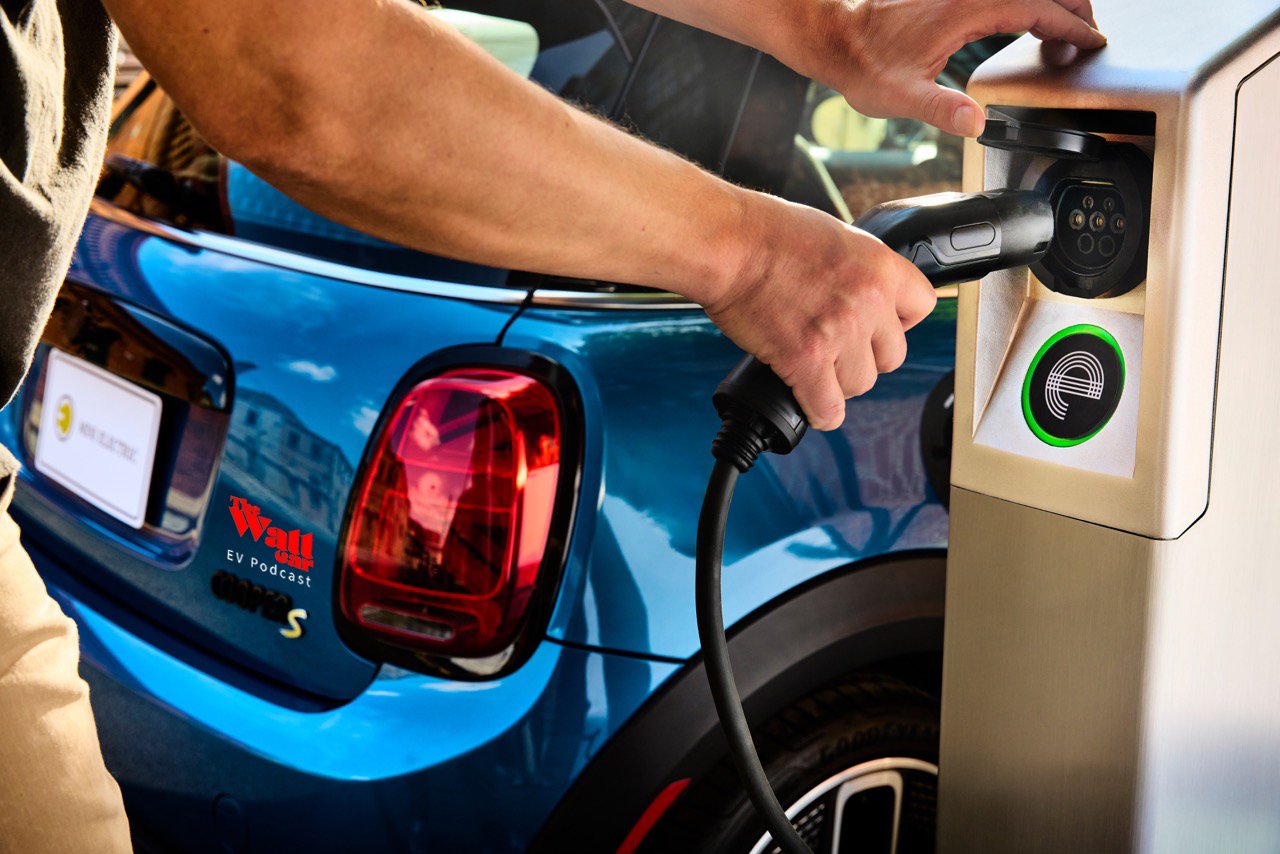Ford’s Jim Farley – Make America (Love) Small Again
By Edward A. Sanchez — July 30, 2024
The automotive industry often moves in a herd-like scrum, chasing trends and copying each other. This can be seen in a number of areas over the last several decades, from the exponential growth of the crossover market to the rush toward engine downsizing and turbocharging. Sometimes these trends are driven by regulation or a desire to have an equivalent vehicle or technology to what your competitors are offering. The downside to this is often soul-crushing group think, with simply different variations of the same theme being offered by multiple companies, with the main differentiator being brand loyalty or price. But every now and then, a disruptor comes along with a flagrant disregard for convention. Ironically, sometimes the disruptor becomes the model that everyone else then copies.
In the last decade or so, the disruptor in the automotive industry has often been Tesla. When the Model Y was shown in March of 2019, many other companies either began work on something similar, or said they had an EV crossover in development. A few years later, we see the Ford Mustang Mach-E, the Volvo XC40 Recharge, and many other midsize EV crossovers.
The same thing happened with the unveiling of the Cybertruck in November 2019, with the hilariously ironic outcome of the Ford F-150 Lightning beating the defiantly angular truck to the market by more than one year.
Ford’s Jim Farley, in a discussion at the Aspen Ideas festival, said he wanted to get Americans “back in love” with smaller vehicles. I couldn’t help but smirk when I heard the quote, as Ford announced the discontinuation of its two compact models in the U.S., the Focus and Fiesta, in 2022 and 2023, respectively. Despite eventual issues with the PowerShift dual-clutch transmission, the models were initially praised by North American automotive journalists for their handling, fun-to-drive character, and competitive performance.
Well, Jim…Ford had plenty of fans of its smaller vehicles, until you took them away. In my lifetime, three out of the six cars I’ve owned were compact models. Perhaps Farley is just priming the pump for anticipation of Ford’s compact EV models to come. I can only hope Ford’s smaller EV is so compelling that it spawns a slew of copycats from other OEMs, and that rather than the roads continuing to trundle with anodyne, anonymous C-segment crossovers, we could see zippy, practical compact hatchbacks in significant numbers once again.
The American OEMs’ ambivalence to compact cars is decades in the making, arguably dating back to the 1970s, when the first wave of Japanese imports met the American car buyer’s need and desire for high-quality, fuel efficient, fun-to-drive transportation. Sure, there were attempts at fielding competitive vehicles, first with the Pinto, Vega, Chevette, and Escort, then GM’s J-Body cars (Cavalier, Sunbird, Cimarron), and most famously, with Saturn. But by that time, the Japanese, particularly Toyota and Honda, had earned car buyers’ loyalty and repeat business.
As many brands have learned, automotive or otherwise, it can take decades to build a positive reputation, but it can be lost in an instant, either through a negative personal experience, or negative publicity and media attention. It can take decades more to build it back again.
So please Jim, don’t tease us with another tempting treat only to yank it away again. If you’re all-in on a compelling, affordable, practical, fun-to-drive compact EV, so are we. Lead the way, and others will follow.
(Image courtesy Ford)







